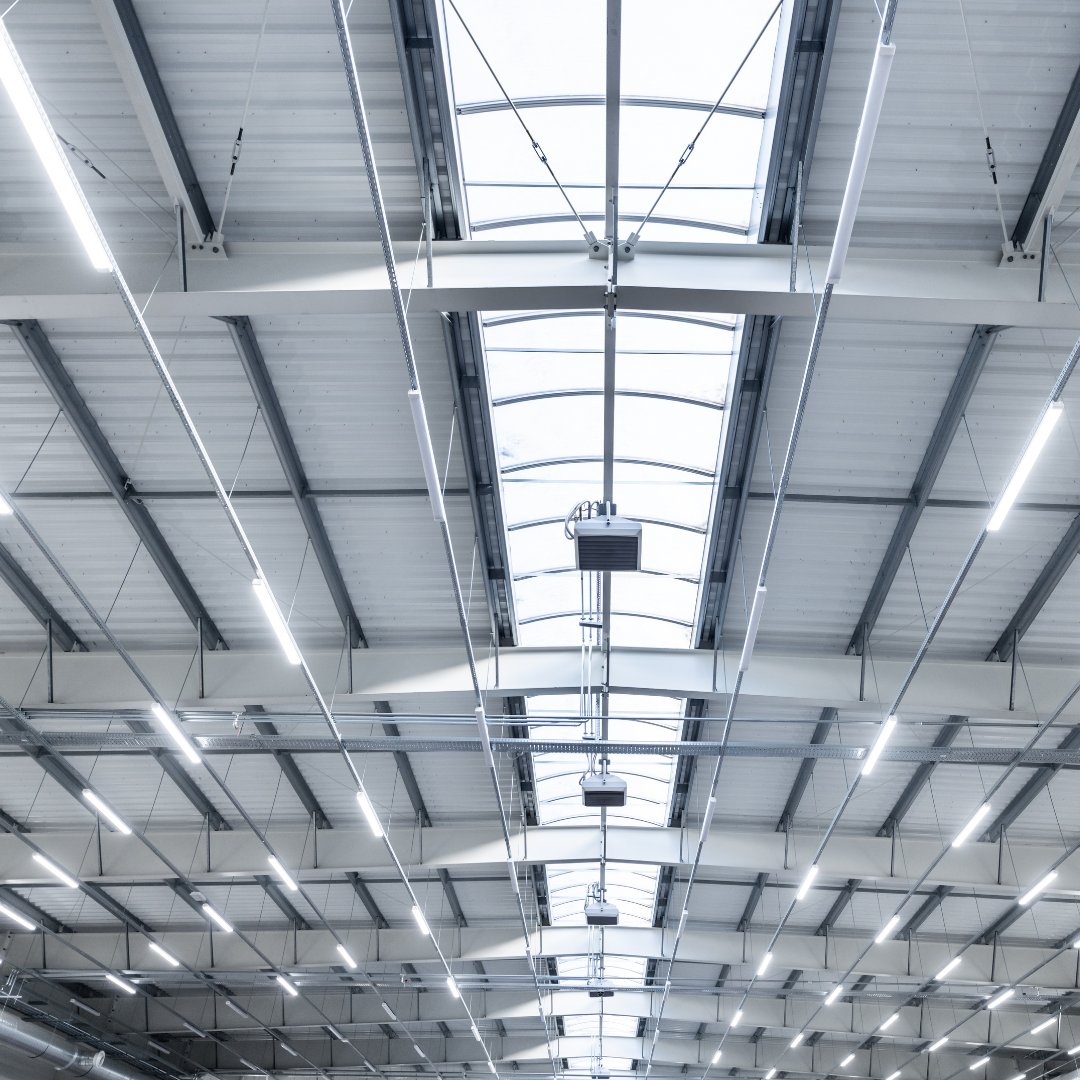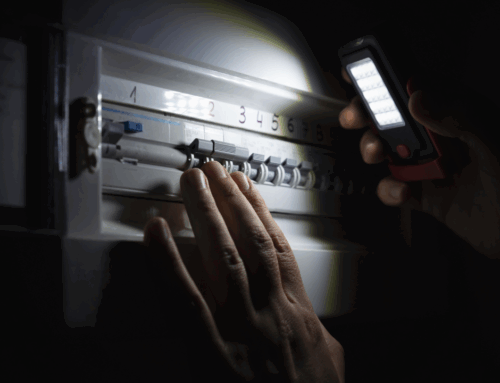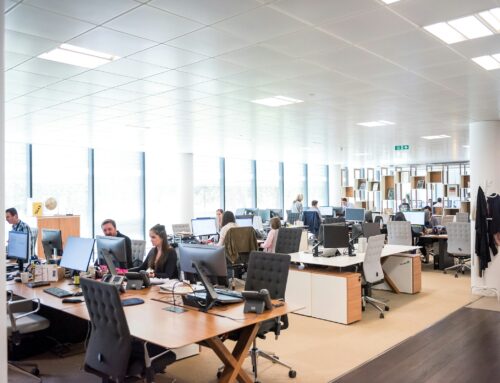In today’s energy-conscious climate, businesses are under increasing pressure to operate more sustainably while reducing operational costs. One simple yet highly effective improvement that organisations of all sizes can make is upgrading to LED lighting. Far from being a passing trend, LED lighting has become a mainstay of modern commercial and industrial environments – and for good reason.
This article explores why LED lighting is a smart investment for businesses and how it can improve efficiency, lower energy bills, and support sustainability goals.
What Is LED Lighting?
LED lighting, or Light Emitting Diode lighting, is a highly efficient lighting technology that uses a semiconductor to convert electricity into light. Unlike traditional halogen or fluorescent bulbs, LEDs require far less energy to operate, emit very little heat, and have a significantly longer lifespan.
Thanks to ongoing innovation and improvements in performance and design, LED lighting is now widely used in offices, retail premises, warehouses, and industrial settings across the UK.
Save Money with Energy-Efficient LED Lighting
One of the key benefits of LED lighting for businesses is the potential for considerable cost savings. While LED bulbs may cost slightly more upfront than traditional alternatives, the long-term savings are substantial.
LED lighting uses up to 75% less energy than conventional lighting, meaning businesses can see a noticeable reduction in their energy bills. What’s more, LEDs last far longer – often over 50,000 hours – reducing the need for frequent replacements and minimising maintenance costs.
Lower Your Carbon Footprint
Switching to LED lighting is an effective way for businesses to reduce their environmental impact. LED lights consume significantly less electricity and have a longer life cycle, contributing to lower greenhouse gas emissions.
In addition, LED lighting is free from toxic materials such as mercury (commonly found in fluorescent tubes) and is 100% recyclable. For companies seeking to improve their environmental credentials or meet ISO sustainability standards, upgrading to LED lighting is a straightforward and measurable step.
Improve Lighting Quality in the Workplace
LED lighting delivers excellent illumination with consistent colour rendering and no flickering. Available in a wide range of colour temperatures, LEDs can be tailored to suit different areas of a business – from warm white lighting for customer-facing spaces to cool white light for task-heavy zones like workshops or offices.
Better quality lighting can improve employee wellbeing, boost productivity, and reduce instances of eye strain or fatigue – all of which contribute to a more efficient working environment.
Reduce Maintenance with Long-Lasting Solutions
Another advantage of LED lighting is its longevity. Unlike traditional bulbs that may need replacing every few months, LED lights can last many years without intervention. This is particularly valuable for large commercial buildings or hard-to-access areas where replacing bulbs is disruptive and costly.
By reducing the frequency of maintenance, businesses save time, money, and effort – all while benefiting from reliable lighting performance.
Conclusion
LED lighting is a cost-effective, energy-efficient, and sustainable solution for modern businesses. Whether you manage an office, retail unit, or industrial site, upgrading to LED lighting can significantly reduce your overheads and support your long-term environmental goals.
If you’re considering an upgrade, consult a professional commercial electrician to assess your current system and recommend the best LED lighting solution for your premises. Make the smart switch today and future-proof your business with reliable, eco-friendly lighting.







Leave A Comment